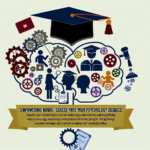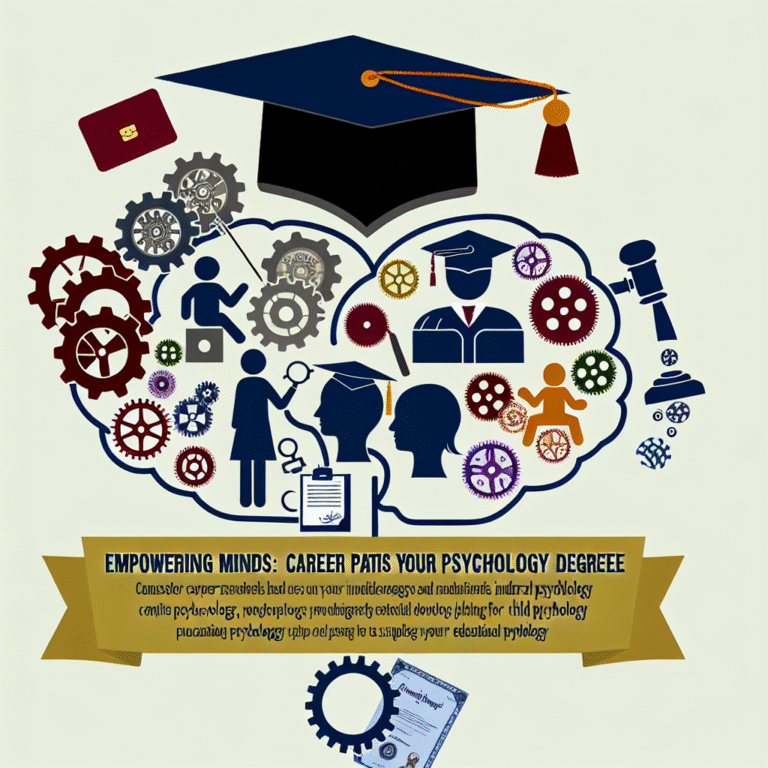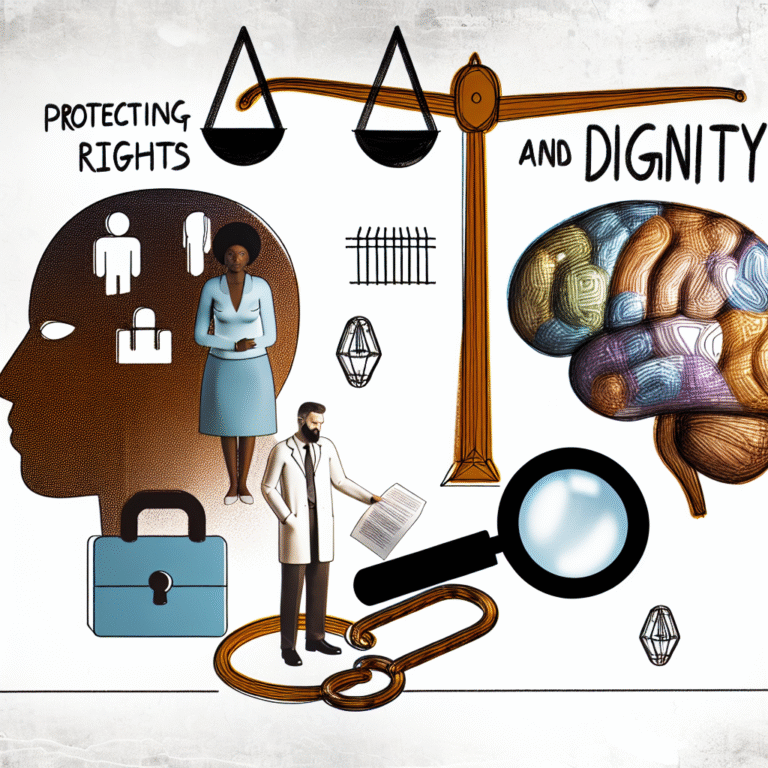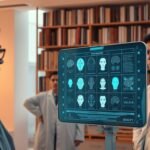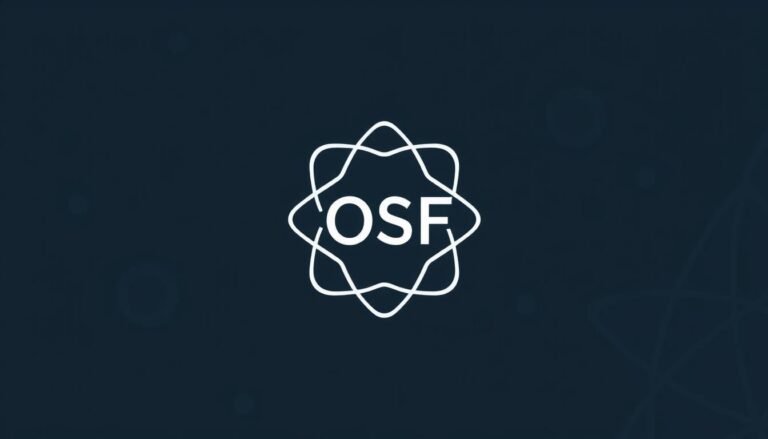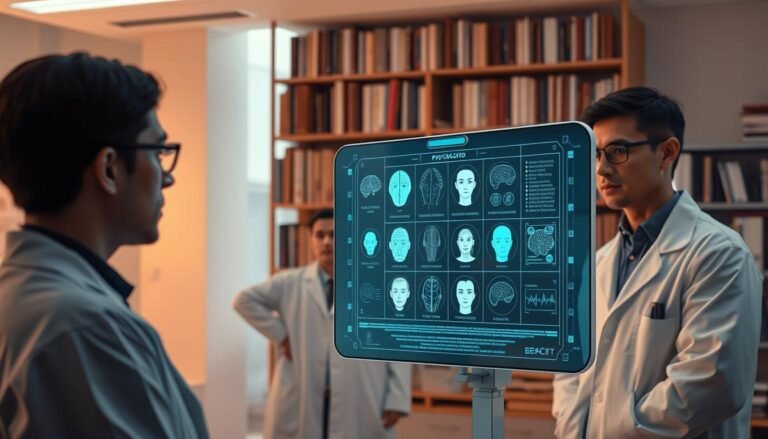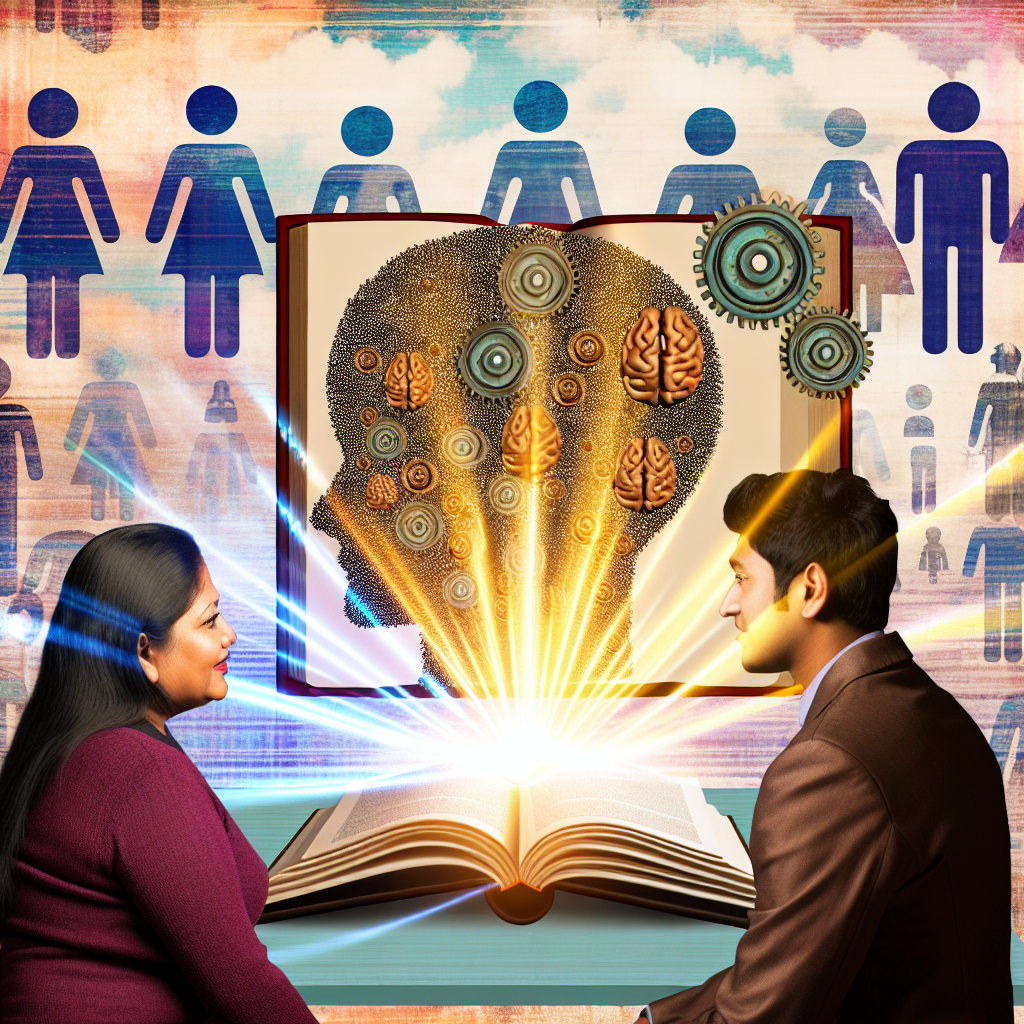
Applied Social Learning Theory: Transforming Behavior in Education and Beyond
Introduction
In today’s rapidly evolving world, understanding how individuals learn and adapt behavior is more critical than ever. Applied Social Learning Theory: Transforming Behavior in Education and Beyond is at the forefront of this understanding, offering powerful insights into how we can harness social interactions to foster learning and positive behavior changes. Imagine a classroom where learning stems from authentic social engagement, or a workplace where collaboration drives innovation—this isn’t just a dream; it’s the potential unlocked by applied social learning principles. In this article, we will delve deep into how this theory transforms education and professional environments, inspiring lasting behavioral change across contexts.
The Foundations of Social Learning Theory
Social Learning Theory, pioneered by psychologist Albert Bandura in the 1960s, posits that people learn from one another through observation, imitation, and modeling. The theory highlights three critical components:
- Observation: Individuals can learn new behaviors by watching others.
- Imitation: The act of replicating observed behaviors.
- Reinforcement: Positive or negative consequences that influence whether a behavior will be repeated.
Applying these principles can create transformative learning experiences.
Why Applied Social Learning Theory Matters
The relevance of Applied Social Learning Theory: Transforming Behavior in Education and Beyond is underscored by the necessity of adaptable learning mechanisms in contemporary settings. With growing attention to collaborative learning environments and interactive, student-centered approaches, educators and leaders are embracing this theory to optimize engagement and behavioral outcomes.
Case Study: A Classroom Revolution
At Riverton High School, teachers implemented a peer-teaching program based on social learning principles. Seniors were paired with freshmen to collaborate on various subjects. This initiative led to remarkable results—students not only improved academically but also developed greater social skills and emotional intelligence. Surveys indicated a 40% increase in student engagement, demonstrating the theory’s power in educational reform.
Transforming Education Using Social Learning Principles
1. Collaborative Learning Environments
Creating a collaborative atmosphere fosters observation and imitation. Encouraging group projects and class discussions allows students to learn from each other. Through group dynamics, students develop critical thinking and problem-solving skills while building empathy and social awareness.
2. Emotional and Social Skills Development
Applied Social Learning Theory: Transforming Behavior in Education and Beyond emphasizes that learning isn’t just about academics. It includes developing the social and emotional skills necessary for life. Schools implementing social-emotional learning (SEL) programs have reported significant improvements in student behavior and a decrease in bullying incidents.
Teaching Strategies to Implement Social Learning
Strategy 1: Use of Role Models
Incorporating role models, such as guest speakers or older students excelling in their fields, can inspire learners. For instance, motivational speakers sharing their stories can resonate and motivate students, illustrating the impactful role of observational learning.
Strategy 2: Experiential Learning
Engagement through real-life experiences reinforces learning. A science class that conducts experiments brings textbook knowledge to life, enabling students to observe outcomes and apply concepts in meaningful ways.
The Workplace: Beyond Education
Applied Social Learning Theory: Transforming Behavior in Education and Beyond doesn’t stop at the classroom; it extends into professional environments. Organizations are increasingly applying social learning principles to enhance team dynamics, innovation, and overall productivity.
Case Study: Tech Innovation at Innovatech
Innovatech, a leading tech company, shifted to a collaborative working model inspired by social learning principles. By fostering a culture of sharing knowledge through mentorship programs and collaborative projects, Innovatech reported a 30% increase in productivity and an influx of innovative ideas across departments.
Data-Driven Insights
To better illustrate the effectiveness of applied social learning strategies, consider the following table showcasing the impact on student engagement across different methodologies:
| Teaching Methodology | Engagement Rate (%) | Behavioral Change Rate (%) |
|---|---|---|
| Traditional Lecturing | 35% | 10% |
| Group Collaboration | 65% | 50% |
| Peer Teaching | 72% | 55% |
| Experiential Learning | 80% | 70% |
Challenges & Misconceptions
While Applied Social Learning Theory: Transforming Behavior in Education and Beyond proves to be a powerful tool, several challenges persist:
- Resistance to Change: Many educators are accustomed to traditional teaching methods and may resist adopting collaborative techniques.
- Diverse Learning Styles: Not all students learn the same way; a one-size-fits-all approach can be limiting.
- Resource Limitations: Implementing these strategies often requires additional resources, training, and time, which may not always be feasible.
Addressing Concerns
Educators and organizational leaders must facilitate a smooth transition by providing training, resources, and ongoing support. Building a strong culture of open communication is crucial to overcoming resistance.
Conclusion: Actionable Insights to Drive Change
The essence of Applied Social Learning Theory: Transforming Behavior in Education and Beyond lies in the understanding that behavior is, at its core, social. As we strive for breakthroughs in education and organizational effectiveness, learning from one another holds transformative power.
As an educator or leader, you are tasked with cultivating environments that empower individuals to learn collaboratively. Embrace strategies that promote peer learning, encourage social interactions, and model desired behaviors. Remember, every interaction is an opportunity for observation and learning—and therein lies the key to lasting change.
FAQs Section
1. What is Applied Social Learning Theory?
Applied Social Learning Theory refers to the practical application of social learning principles to foster effective learning and behavior change in various settings, including education and workplaces.
2. How can social learning be integrated into education?
Integrating social learning into education can be achieved through collaborative projects, peer teaching, and experiential learning activities that encourage students to learn from and with each other.
3. What are the benefits of applied social learning in the workplace?
Benefits include enhanced collaboration, improved employee engagement, increased innovation, and a stronger sense of community within the organization.
4. Are there any limitations to social learning theory?
Yes, challenges such as resistance to change, diverse learning styles, and limited resources can hinder effective implementation.
5. Can social learning principles be applied to remote work environments?
Absolutely! Social learning can be effectively integrated into remote work through virtual collaboration tools, online peer mentoring, and engaging video calls that foster social interaction.
By embracing the insights garnered from Applied Social Learning Theory: Transforming Behavior in Education and Beyond, we can catalyze change in behaviors that benefit individuals and communities alike. The power of social learning is foundational to not only academic success but a thriving society.



